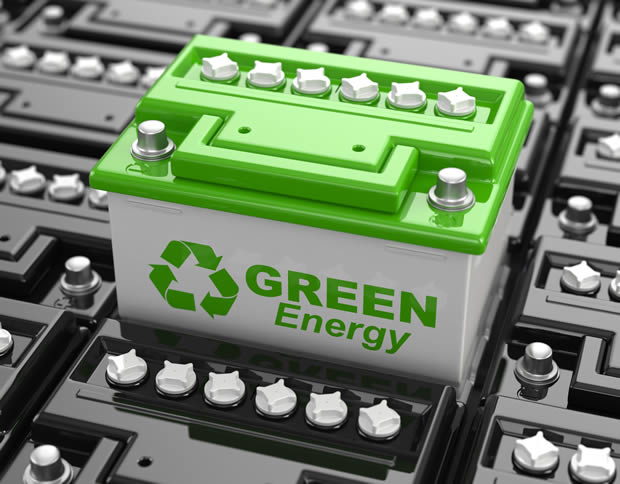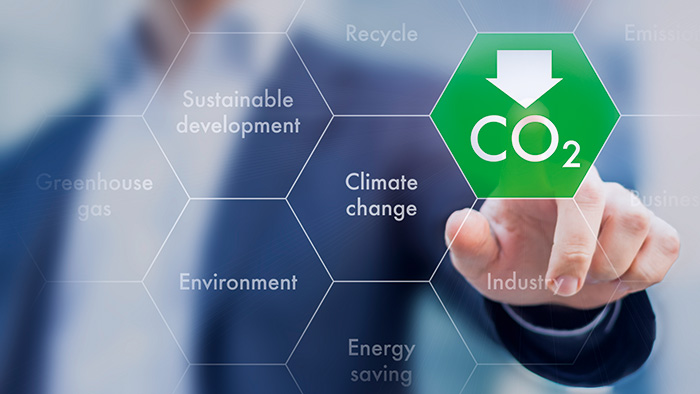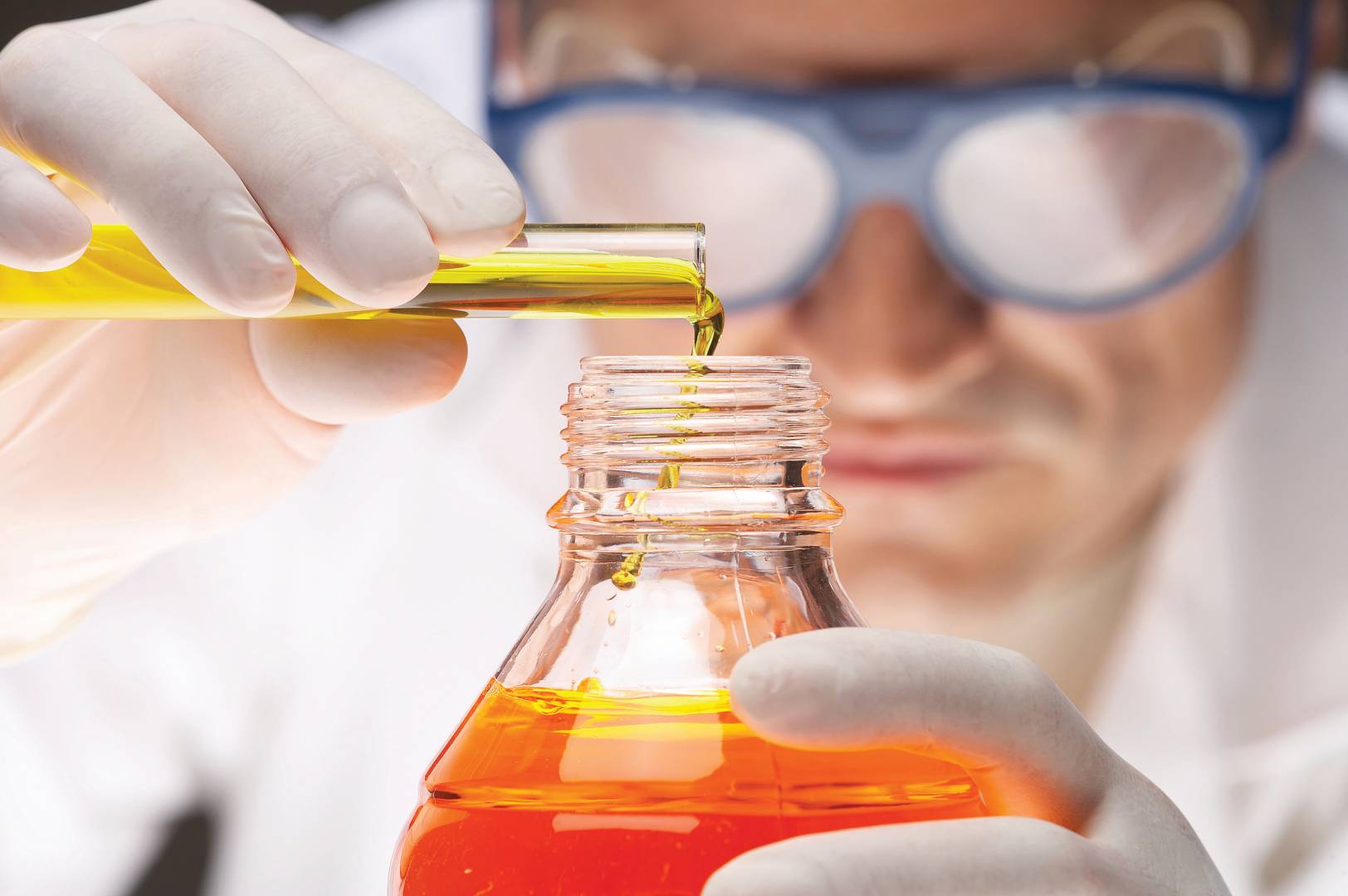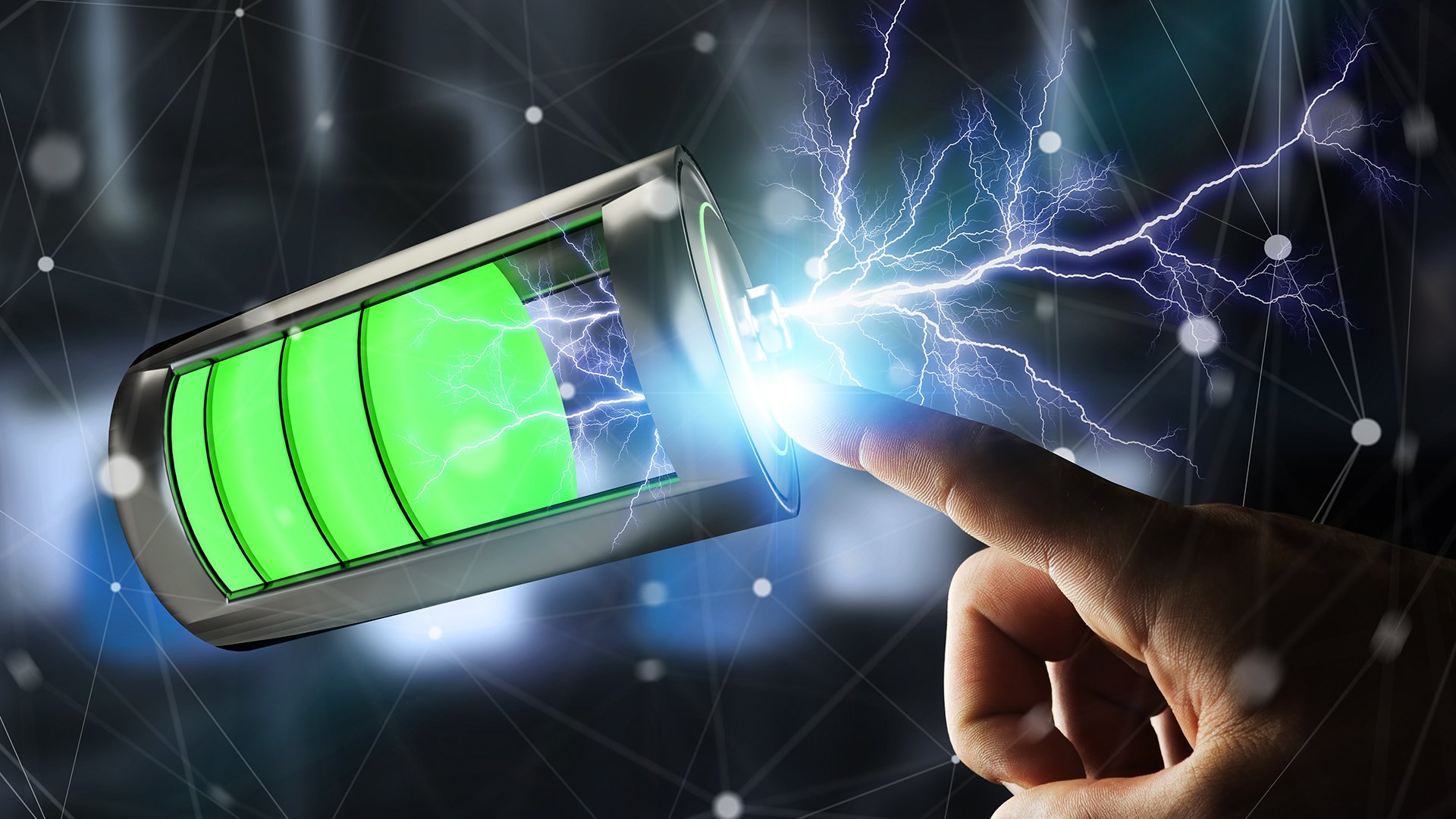Battery Recycling - Opportunity Assessment in Light Duty Electric Vehicle

“It is undeniable that electric vehicles (EVs) help to protect the environment. However, the present problem is deciding whether to reuse or recycle an EV battery after its initial use. This work addresses these topics, namely, recycling and reuse, on a theoretical level. It was discovered that there are various commercially available recycling procedures, as well as ones that are still being researched, in order to recover the highest number of materials and quantities possible. The concept of battery reuse (second life) is promising since, after their initial life, batteries from electric vehicles can be used in a variety of purposes, such as storing renewable energy to maintain the federal grid.”
However, the cost and life-cycle analysis (LCA) revealed that battery reuse applications entail various factors. As a result, a single LCA generalised method will no longer be able to deliver an optimal solution in all circumstances. It is critical to conduct a thorough investigation of each of the battery reuse applications. Until then, it's reasonable to conclude that reusing the batteries is a good idea, as it would give recycling companies more time to develop cost-effective and energy-efficient solutions.
Electric vehicles (EVs) have the potential to help mitigate the effects of climate change. EVs are intended to aid in decarbonization and the creation of a more sustainable planet. Governments in numerous parts of the world are encouraging the use of electric vehicles. Globally, the number of electric vehicles on the road climbed from 17,000 in 2010 to 8.5 million by 2020. Such developing trends relate to rising demand for high-performance batteries for electric vehicles (EVs), such as Li-ion batteries (LIB), which are regarded as the most promising chemistry for EVs due to their intrinsic properties and significant cost decrease over the last decade.
The predicted huge growth in the presence of electric batteries in the automobile sector in the coming years will present a dilemma in terms of how to dispose of the batteries once their initial useful life has expired. Because of the high environmental effect of manufacturing a new battery, treating it as waste once it has been removed from the vehicle is not an appropriate approach. In this case, the battery industry has two alternatives for dealing with the end-of-life (EoL) phase of the battery:
- Redirect the battery to a second life-use circuit, which extends the battery's usable life by offering alternate energy storage services, lowering the battery's environmental effect per kWh delivered.
- Transfer the battery to a recycling circuit, where a substantial percentage of important components, particularly crucial raw materials (CRM), are salvaged and reused to make new batteries, lowering the manufacturing process's environmental effect.
Despite the fact that there are two options, once the battery's second life is through, it is transported to the second choice to be recycled as part of a circular economy strategy to reduce waste.
Reusing the Battery
In contrast to new raw material factories, where more investment can be made to boost extraction rates, the supply of second-life batteries is not dependent on the investment of the repurposing producer. When it comes to battery reuse, the availability of batteries is mostly determined by the rate of EV retirement, with the caveat that retirement can occur due to age or an accident, in which case safety precautions are critical and not all batteries will be allowed for reuse. As a result, the volume of vehicle batteries produced in future years will be determined by previous year's EV sales, driving patterns, and the environment in which the vehicle operates.
In any event, the good news is that stationary storage requirements are smaller than those for electric mobility, and that most of them might be met by the burgeoning electric mobility market in ten years.
However, variability in terms of battery models, forms, control, chemistry, and electrical characteristics, among other things, is likely to arise at least in the early phases of the collection of these batteries. Because a new product is inherently different from any other previously on the market, another battery should be considered. This heterogeneity will increase with continuous advances in this field that will bring better performing batteries, because a new product is inherently different from any other previously on the market and, thus, another battery should be considered by manufacturers.
As a result, many EV batteries sold in the first generation are predicted to achieve their EoL (End of life) as soon as they are removed from the car and should be recycled. Newer EV models, on the other hand, will have far better circumstances for their second life, which can be in stationary storage applications or in EVs as spare parts for those with production defects or crashes who require low-cost replacements. Regardless, depending on the remanufacturer’s purpose, battery reuse could proceed in three different routes. Direct battery breakdown and reuse down to the module or cell level.
Recycling the battery
Recycling is beneficial not only for environmental reasons, but also economically, as it makes sense to recover valuable elements after a battery system's End of Life. The metals Ni and Co, which are utilised in the cathodes of solar cells, are propelling recycling operations through the economy [30]. Despite the fact that Co is a relatively scarce metal, implying a theoretical price increase, the fact that there are driving forces pushing the battery industry away from Co in favour of Ni, Mn, or iron phosphate provides other alternatives that are less scarce.
Pyrometallurgy/smelting and hydrometallurgy are two methods for recycling batteries, which can be employed independently or in combination. Precipitation, solvent extraction, ion exchange, and electrolytic extraction are all examples of chemical separation processes, with some of them being employed in combination depending on the recycling strategy. Pyrometallurgical processes, for example, include melting lithium-ion and NiMH batteries with the goal of recovering high-value metals such as cobalt, copper, nickel, and iron.
The alloys formed from the melt are fed into a hydrometallurgical process, where they are separated using acidic chemical attack and salt precipitation. In addition to the methods outlined above, there are other procedures that recover not only the high-value-added metals or CRM of the batteries, but also the battery components in the form of salts as by-products. The mechanical process, in which the electrolyte is extracted separately and the battery cells are broken down to concentrate the metals in order to avoid thermal separation processes, is an example of such recycling. Liquid nitrogen (N2), which also serves as an inert atmosphere, is used to cool the batteries to 175 degrees Celsius before breaking them down in cryomilling.
Cost Analysis
Because the conditions of usage throughout their first life might differ greatly, the kind of battery (Plug-in Hybrid Electric Vehicles (PHEV), Hybrid Electric Vehicle (HEV), EV) is important. The comparison of both price trends is critical to the success of reusing batteries, since it will be both environmentally and economically beneficial. In the end, the end-user will decide whether to purchase a new or used battery.
However, because the replicability of any battery model does not reach the numbers in EVs, these prices for EV batteries are not applicable in stationary applications. In fact, with electric vehicles, there is usually a strong relationship between the vehicle and a single battery manufacturer, with a single battery design being utilised on a large number of vehicles. This is not the case in stationary applications, where practically every application has different needs and, as a result, even if the same cell/modules are used, the total packaging and BMS must be changed, resulting in a cost rise.
To get a close estimate of how much EV batteries cost in their second life, take into account factors like price fluctuation as the market grows, the fact that they can be utilised in other applications, and total or partial recyclability, which minimises raw material consumption.
Adaptability in the future
In the future years, the increase in the number of electric vehicle battery units and their capacity will offer an environmental concern that will need to be addressed through reuse and recycling techniques. The first step is to determine whether the battery is reusable or should be recycled. This can be accomplished by performing two logical phases (which may be combined in some cases): (a) identifying the battery source, such as a regularly used or damaged vehicle, and (b) battery testing, such as visually, electrically, mechanically, and so on.
For example, if the EV was involved in a big accident and the battery was leaking, it would be pointless to conduct any further testing because it would be evident that such a battery would be unreliable and possibly harmful to reuse, and it should be securely recycled. Adapting the facilities for both recycling and testing batteries once they have concluded their usage in EVs in those regions where there is a majority market for EVs is one way to consolidate a circular economy. Regardless, when second life is compared to first life, the overall impact is always greater. This supports the conclusion that a benefit subtraction of the battery's reuse, when applied to a first-life battery, may be a false comparison and is not a suggested technique. When dealing with second-life EV batteries, non-standardized LCA studies must be properly carried out.
Major Market Highlights:
- MG Motor and Hyundai have institutional partners for battery waste disposal for their electric cars, the ZS EV and Kona Electric, which were released in the Indian market. For optimal life cycle management of the batteries used in the e-ZS electric vehicle, MG worked with Umicore, a lithium battery recycling solutions supplier.
- Tata Chemicals has started recycling lithium-ion batteries in Mumbai. The activities, which were started on a small scale, were able to successfully recycle the expended batteries.
- Mahindra Electric has stated that, with the support of a supply partner, it intends to enable EV battery recycling in a manner similar to that of cell phone batteries.
- eBikeGo, an Indian electric vehicle manufacturer, has launched a campaign to recycle lithium and lead acid EV batteries. It is aiming to form a partnership with solar plant manufacturers in order to extend the battery lifecycle.
Conclusion: Robust Opportunities for light duty electric vehicle
The worldwide EV market is growing rapidly, and with it, battery usage. The market problem is to choose the best option from two options: recycling the battery after its initial usage in an EV or reusing it (second life). When looking at battery reuse tactics, it was discovered that the benefits of battery re-use are likely to be realised not only in second-life applications, but also in the remanufacturing process.
Each form of battery reuse application and the role of a second-life battery in the circular economy have a variety of factors to consider. As a result, there is a considerable requirement to conduct an effective in-depth investigation of each of the battery reuse application sectors, and then to combine these studies into the LCA impact study. As a result, a true image of selecting the correct will emerge.
However, the future poses robust opportunities for the light duty electric vehicle market and is expected to create a breakthrough in the automotive industry.











